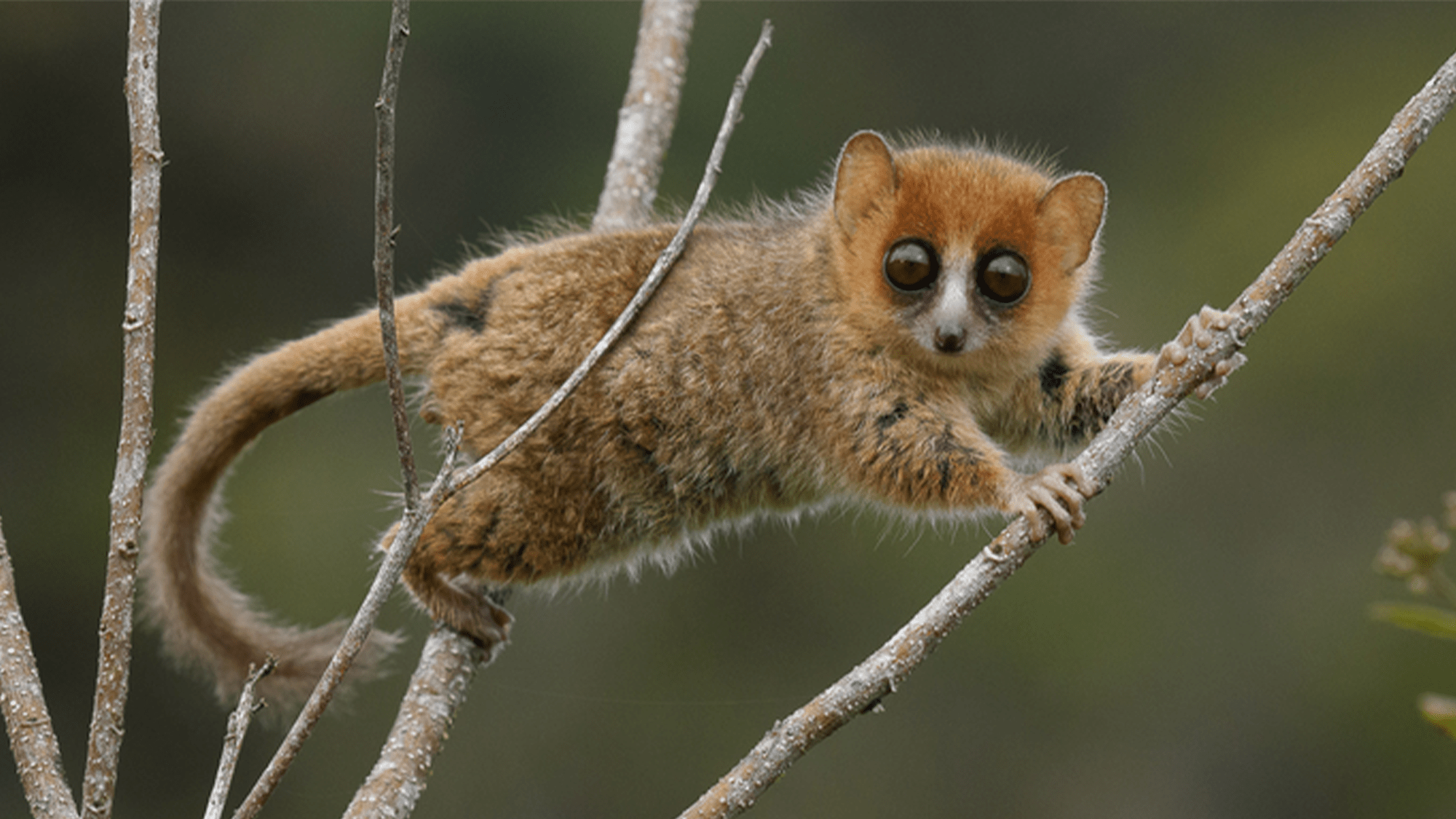

It’s borderline cliché to call Madagascar a biodiversity playground. With over 90 percent of its plants and animals exclusive to the island in the Indian Ocean, it’s a perfect place to study how geographic isolation sparks evolution. Since splitting from the African mainland 150 million years ago and 80 million since it split from the Indian subcontinent, its plants and animals have followed their own evolutionary paths. The island’s multiple types of habitats and smaller gene pool has allowed its mammals to split into different species faster than their continental relatives.
However, the isolation on an island can’t protect its flora and fauna from the over-hunting, habitat loss, and changing climate seen throughout the planet. More than 120 of Madagascar’s 219 known mammal species are endangered, including 109 species of its signature lemurs. Extinction is a distinct possibility if humans aren’t careful.
[Related: Giant beasts once roamed Madagascar. What happened to them?]
A study published January 10 in the journal Nature Communications examined how long it would take Madagascar’s endangered mammals to emerge after extinction and also estimated how long it would take for similarly complex sets of new mammal species to evolve in their place. The answer was far longer than compared to other islands like those in the Caribbean: 23 million years.
“It’s abundantly clear that there are whole lineages of unique mammals that only occur on Madagascar that have either gone extinct or are on the verge of extinction, and if immediate action isn’t taken, Madagascar is going to lose 23 million years of evolutionary history of mammals, which means whole lineages unique to the face of the Earth will never exist again,” said study co-author Steve Goodman, MacArthur Field Biologist at Chicago’s Field Museum and Scientific Officer at Association Vahatra in Antananarivo, Madagascar, in a statement.
One of the costs of Madagascar’s signature biodiversity is that evolution happens faster on islands and so does extinction. Over 50 percent of the mammals living in Madagascar are on the International Union for Conservation of Nature (IUCN) Red List of Threatened Species.
In this study, an international team of Malagasy, European, and American scientists built a dataset of every known mammal species to coexist with humans on Madagascar for the last 2,500 years. They found the 219 known mammal species alive today, in addition to 30 more that have gone extinct over the past two millennia, including a gorilla-sized lemur. These megafauna went extinct between 500 and 2,000 years ago.
[Related: Below Madagascar, cave divers surface secrets of the past.]
The team built genetic family trees that show how all of these species are related and how long it took them to evolve from common ancestors. Then, the scientists were able to figure out how long it took this amount of biodiversity to evolve and come up with an estimate of how long it would take for evolution to “replace” all of the endangered mammals if they go extinct.
It would take roughly 3 million years to rebuild the diversity of land-dwelling mammals that have already gone extinct. The models suggest that if all of the currently endangered mammals go extinct, it would take 23 million years to rebuild that level of diversity.
“It is much longer than what previous studies have found on other islands, such as New Zealand or the Caribbean,” said Luis Valente, a study co-author and biologist at the Naturalis Biodiversity Center and the University of Groningen in the Netherlands, in a statement. “It was already known that Madagascar was a hotspot of biodiversity, but this new research puts into context just how valuable this diversity is. These findings underline the potential gains of the conservation of nature on Madagascar from a novel evolutionary perspective.”
The team added that this is a tipping point for protecting Madagascar’s biodiversity and that we have about five years to advance conservation efforts on the island, which is hampered by inequality and political corruption that can hamper land-use decisions.
“Madagascar’s biological crisis has nothing to do with biology. It has to do with socio-economics,” said Goodman. “We can’t throw in the towel. We’re obliged to advance this cause as much as we can and try to make the world understand that it’s now or never.”